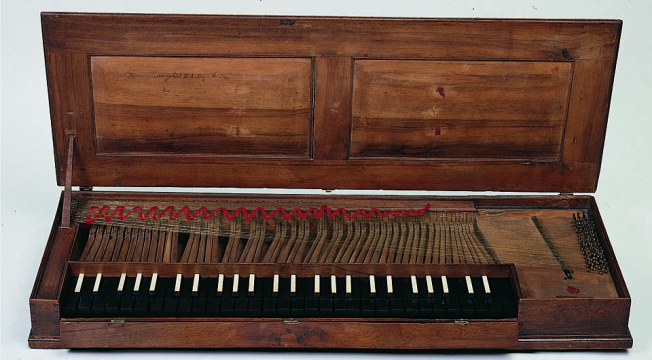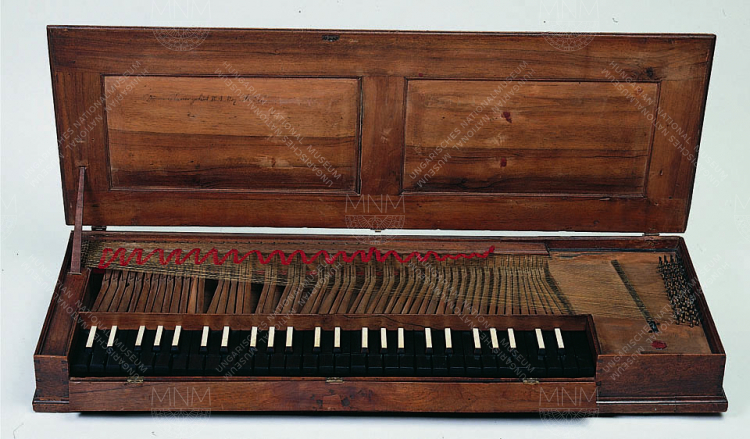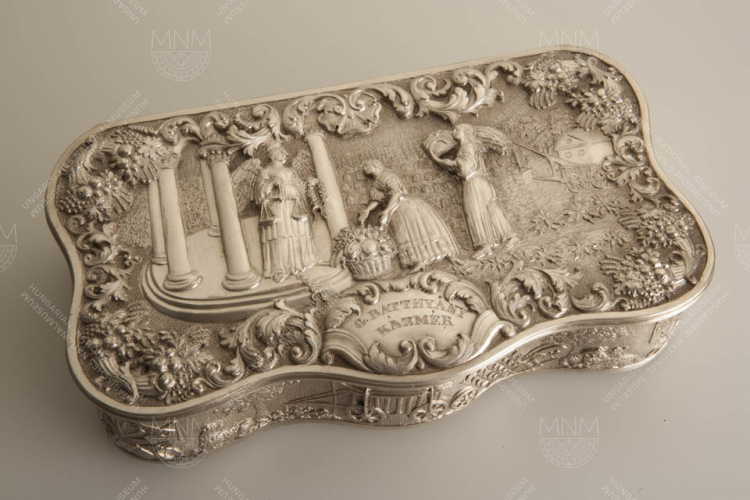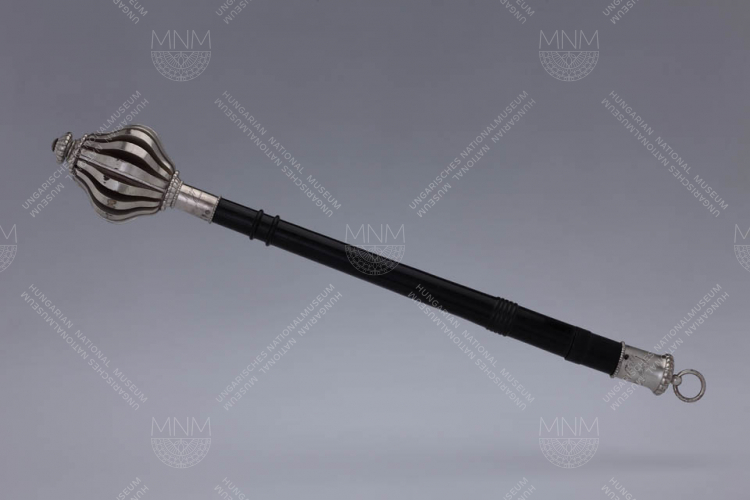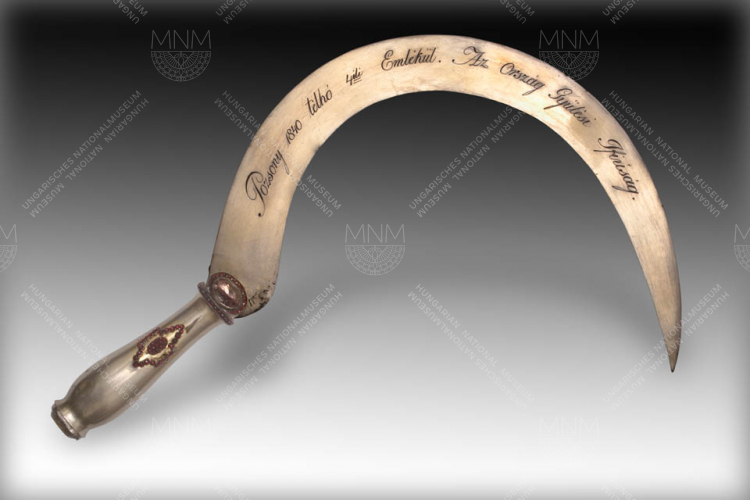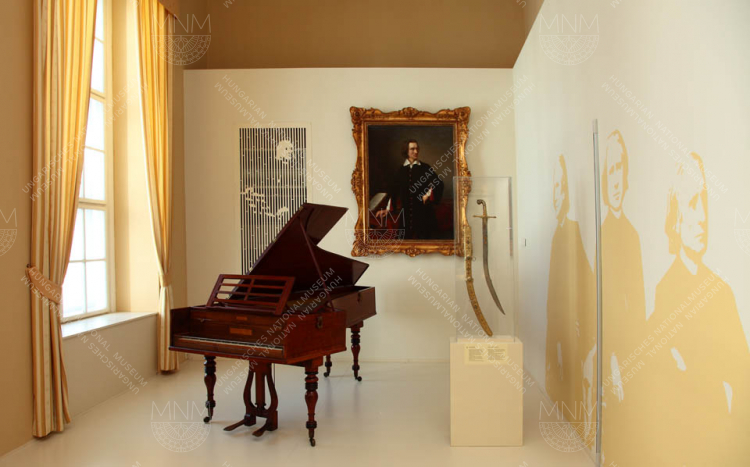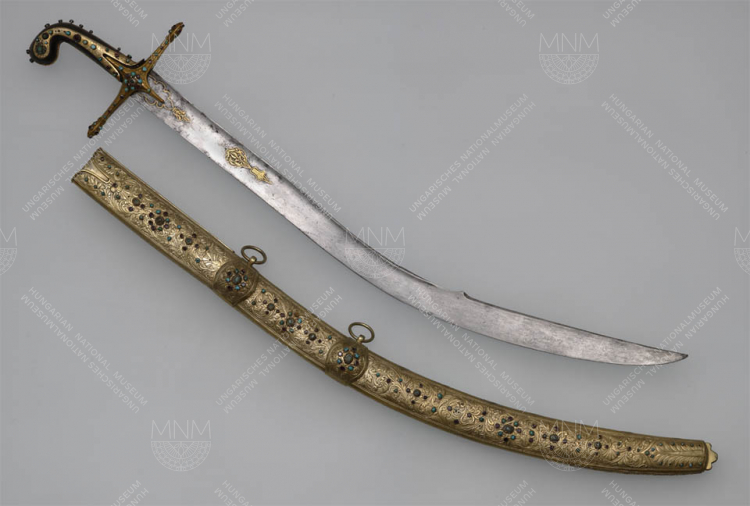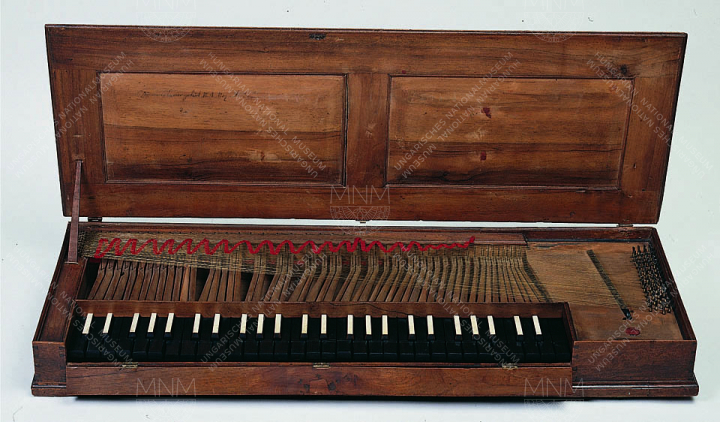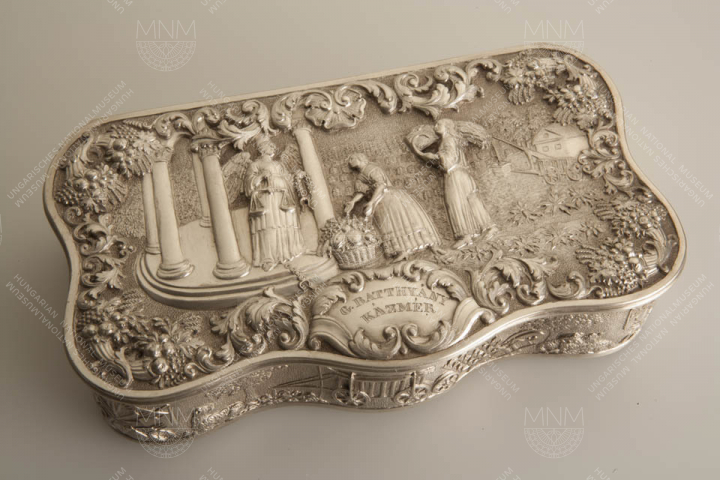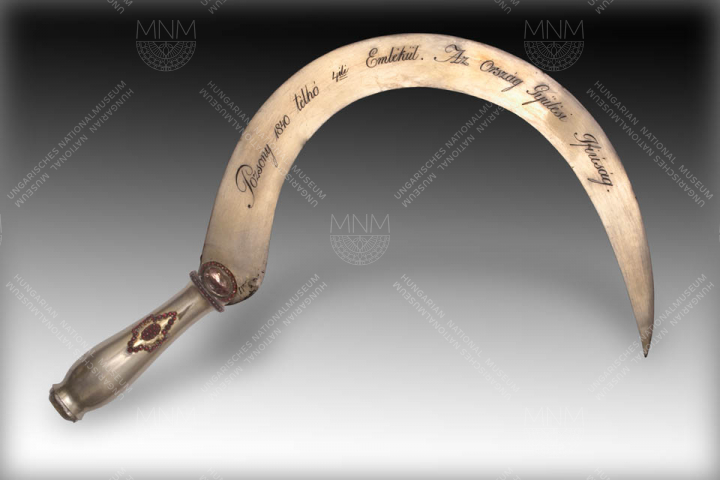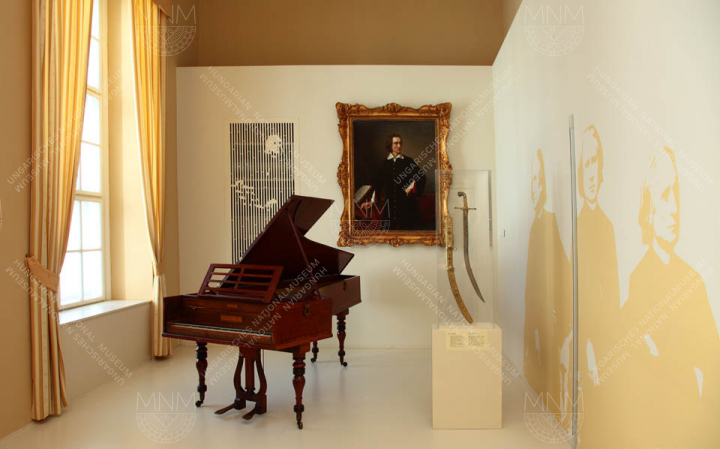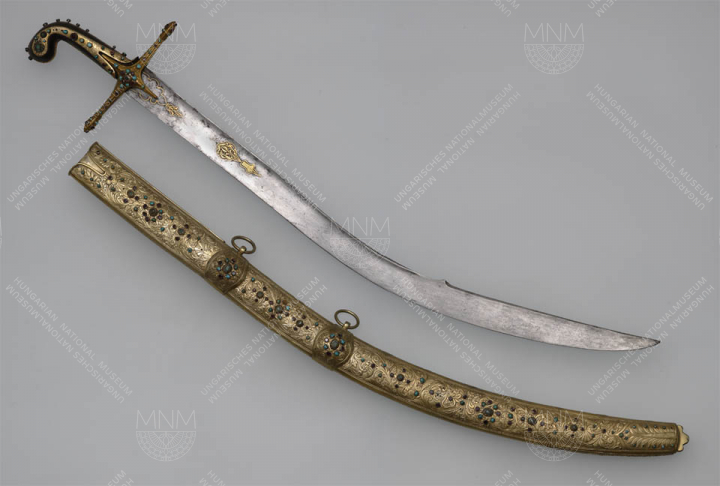
Room 13
This room presents Hungarian achievements at this time in the fields of culture, education, and science, along with artefacts linked with outstanding personalities and institutions representative of national culture. Also displayed are works by literary figures connected with education in the 18th century, the Enlightenment, the movement to renew the Hungarian language, and the establishment of the Hungarian Academy of Sciences. Portraits of great figures in theatrical and musical life point to the work of travelling players and the first permanent Hungarian theatres. The founding of the Hungarian National Museum, the first public collection in Hungary, is marked by the showing of some of its first acquisitions.
Interesting facts:
This room houses the travelling clavichord on which the child Mozart used to practise while undertaking his long concert tours.
In the early part of 19th century, the language renewers proposed (for example) that the Hungarian for kangaroo should bv ugrony (lit. ʻhopper’), and that the Hungarian for lavatory should be hátgörbészeti körguggolda (lit. ʻcrouch bowl’).







